James Avery and John Avery9812568069, 9789812568069
Table of contents :
Contents……Page 8
Preface……Page 12
1.1 Sturm-Liouville theory……Page 18
1.2 The introduction of Sturmians into quantum theory……Page 19
1.3 One-electron Coulomb Sturmians……Page 20
1.4 Generalized Sturmians and many-particle problems……Page 22
1.5 Use of generalized Sturmian basis sets to solve the many-particle Schrödinger equation……Page 23
2.1 The d-dimensional Schrödinger equation in momentum space……Page 26
2.2 Momentum-space orthonormality relations for Sturmian basis sets……Page 28
2.3 Sturmian expansions of d-dimensional plane waves……Page 30
2.4 Iteration of the Schrödinger equation……Page 31
2.5 Generation of symmetry-adapted basis functions by iteration……Page 33
2.6 Solutions to the Sturmian secular equations obtained entirely by iteration……Page 34
3.1 Goscinskian configurations with weighted nuclear charges……Page 36
3.2 Derivation of the secular equations……Page 41
3.3 Symmetry-adapted basis sets for the 2-electron isoelectronic series……Page 43
3.4 The large-Z approximation……Page 48
3.5 General symmetry-adapted basis sets derived from the large-Z approximation……Page 60
3.6 Symmetry-adapted basis functions from iteration……Page 61
4.2 Calculation of autoionizing states using generalized Sturmians……Page 64
4.3 Higher series of ³S autoionizing states……Page 68
5.1 Core ionization energies in the large-Z approximation……Page 74
5.2 Isonuclear series; piecewise-linear dependence of ∆E on N……Page 77
5.3 Core ionization energies for the 3-electron isoelectronic series……Page 78
6.1 External electric fields……Page 86
6.2 Anomalous states……Page 87
6.4 Induced transition dipole moments……Page 92
6.5 External magnetic fields……Page 93
7.1 Lorentz invariance and 4-vectors……Page 96
7.2 The Dirac equation for an electron in an external electromagnetic potential……Page 98
7.3 Time-independent problems……Page 99
7.4 The Dirac equation for an electron in the field of a nucleus……Page 100
7.5 Relativistic formulation of the Zeeman and Paschen-Bach effects……Page 105
7.6 Relativistic many-electron Sturmians……Page 107
7.7 A simple example……Page 112
7.8 Fine structure of spectral lines……Page 118
8.1 One-electron Coulomb Sturmians in direct space……Page 124
8.2 Fourier transforms of Coulomb Sturmians……Page 125
8.3 The Fock projection; Hyperspherical harmonics……Page 127
8.4 The momentum-space orthonormality relations revisited……Page 128
9.1 Monomials, homogeneous polynomials, and harmonic polynomials
……Page 134
9.2 The canonical decomposition of a homogeneous polynomial……Page 136
9.3 Generalized angular momentum……Page 139
9.4 Hyperangular integration……Page 141
10.1 The relationship between harmonic polynomials and hyperspherical harmonics……Page 146
10.2 Construction of hyperspherical harmonics by means of harmonic projection……Page 148
10.3 Hyperspherical harmonics in a 4-dimensional space……Page 149
10.4 Gegenbauer polynomials……Page 151
10.5 Hyperspherical expansion of a d-dimensional plane wave……Page 153
10.6 Alternative hyperspherical harmonics; The method of trees……Page 156
11.1 The many-center one-electron problem……Page 170
11.2 Shibuya-Wulfman integrals……Page 171
11.3 Shibuya-Wulfman integrals and translations……Page 173
11.4 Matrix elements of the nuclear attraction potential……Page 174
11.5 The Sturmian secular equations for an electron moving in a many-center potential……Page 175
11.6 Molecular spectra……Page 178
A.1 Procedure for evaluating the interelectron repulsion matrix……Page 184
A.2 Separation of the integrals into radial and angular parts……Page 185
A.3 Evaluation of the radial integrals in terms of hypergeometric functions……Page 186
A.4 Evaluation of the angular integrals by harmonic projection……Page 187
A.5 Relativistic interelectron repulsion integrals……Page 189
B.2 Slater determinants expressed in terms of the antisymmetrizer……Page 192
B.3 Scalar products between configurations……Page 193
B.4 One-electron operators……Page 194
B.5 Two-electron operators……Page 195
C.1 Expansion of a displaced function of r in terms of Gegenbauer polynomials……Page 198
C.2 Expansion of plane waves using Gegenbauer polynomials……Page 199
C.3 Explicit expressions for the displaced function in terms of integrals over Bessel functions……Page 200
C.4 An alternative method, illustrated for the case where d = 3……Page 201
C.5 Closed-form differential expressions in terms of modified spherical Bessel functions……Page 203
D.1 The one-electron Schrödinger equation in momentum space……Page 204
D.3 Projection of momentum-space onto a 4-dimensional hypersphere……Page 205
D.4 Expansion of the kernel in terms of hyperspherical harmonics……Page 207
E.1 The operator – ∆ +p²K and its Green’s function……Page 210
E.2 Conservation of symmetry under Fourier transformation……Page 211
E.3 Conservation of symmetry under Green’s function iteration……Page 212
E.4 Alternative representations of the Green’s function……Page 213
F.1 Coulomb Sturmian spin-orbitals……Page 218
F.2 Generalized Shibuya-Wulfman integrals……Page 220
F.3 An illustrative example……Page 221
F.4 Ground states for the 2-electron isoelectronic series……Page 222
F.5 Generalization to molecular problems……Page 223
Appendix G NOTATION……Page 226
Bibliography……Page 230
Index……Page 250
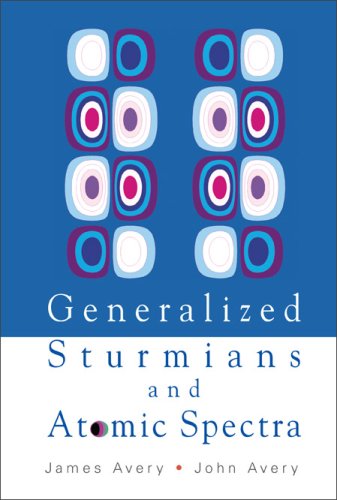
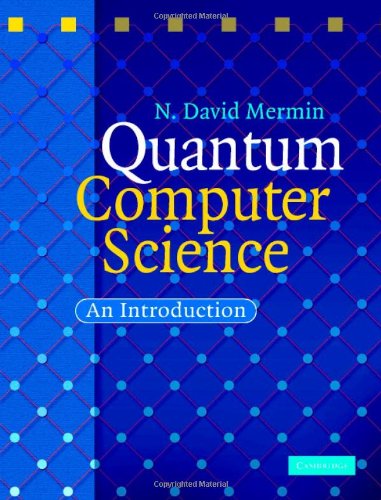
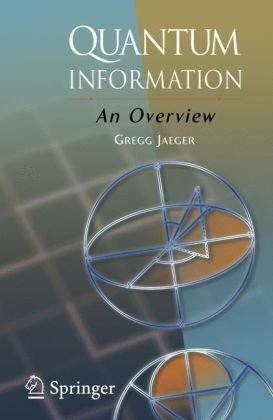


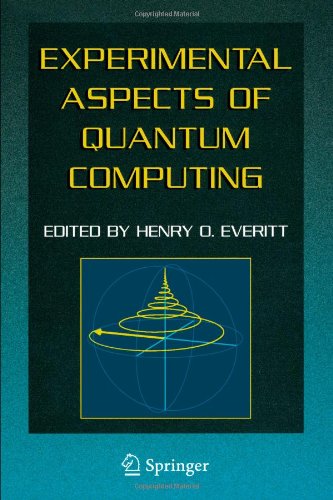
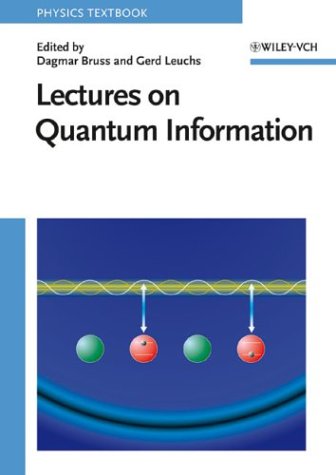
Reviews
There are no reviews yet.